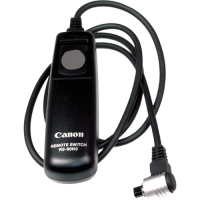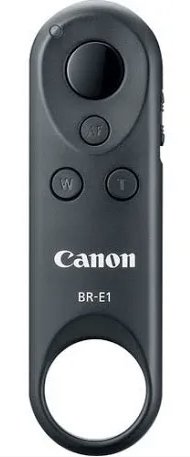The EF 17-40 is a very old lens, introduced in 2003. I think it was intended partly as a high end standard lens for APC-C cameras. The EF-S 17-55 f/2.8 was introduced three years later.
2003 was a time when a lot of rank & file newspapers were finally beginning to move from film to digital.
The EOS 1D was a 1.3X APS-H 4 MP camera on which the 17-40mm translates to a 22-52mm AoV in 135 format. The EF 17-40mm f/4 L IQ was "good enough" for newsprint and the 4 MP resolution of the 1D. Its construction was rugged enough to stand up to the rigors of daily abuse by working PJs. With a spin-on filter it was considered "weather sealed" by Canon.
Most newspapers chose to go with the 4 MP APS-H 1D rather than FF 1Ds bodies. They did this mostly due to the cost difference, not only of the camera bodies themselves but also the higher storage and "wire" transmission cost of those "huge" 11 MP images output by the 1Ds! Nikon didn't even offer a FF digital body until the D3 in 2007.
The EF 17-40mm f/4 L gave PJs with a 1.3X crop 1D a usable WA lens at reasonable cost. For normal and longer focal lengths, their existing inventory of EF lenses they were already using on their EOS film cameras could be used easily with the 1.3X crop factor. They even got more "reach" out of the telephoto lenses.
Upvote
0


